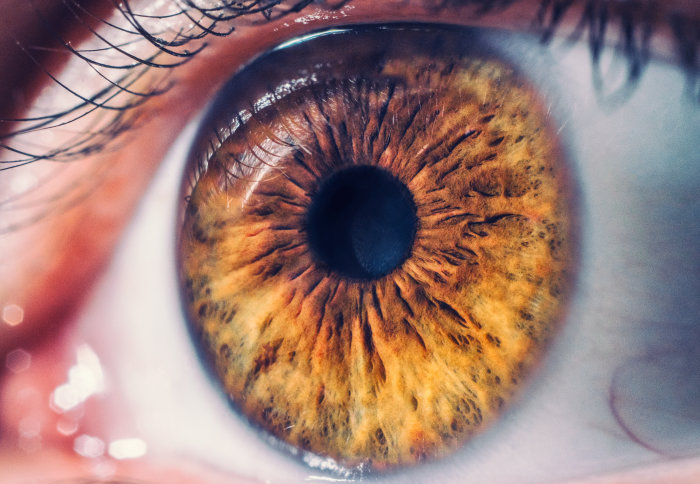Glaucoma is a serious vision threatening eye condition in which the optic nerve becomes damaged, usually due to increased intraocular pressure. Although glaucoma normally doesn’t cause obvious symptoms at first, some early warning signs may indicate its onset. Therefore regular screening is very important. With prompt treatment, you may be able to prevent loss of field of vision.
Our center has all the equipment needed to diagnose and manage glaucoma efficiently. But one of the most important factors in treatment is patient compliance and understanding of the disease.
We have Humphrey field analyzer – 3 (the gold standard perimeter for field testing) Optovue OCT (for RNFL analysis)
We offer all types of glaucoma surgeries and laser treatment.

